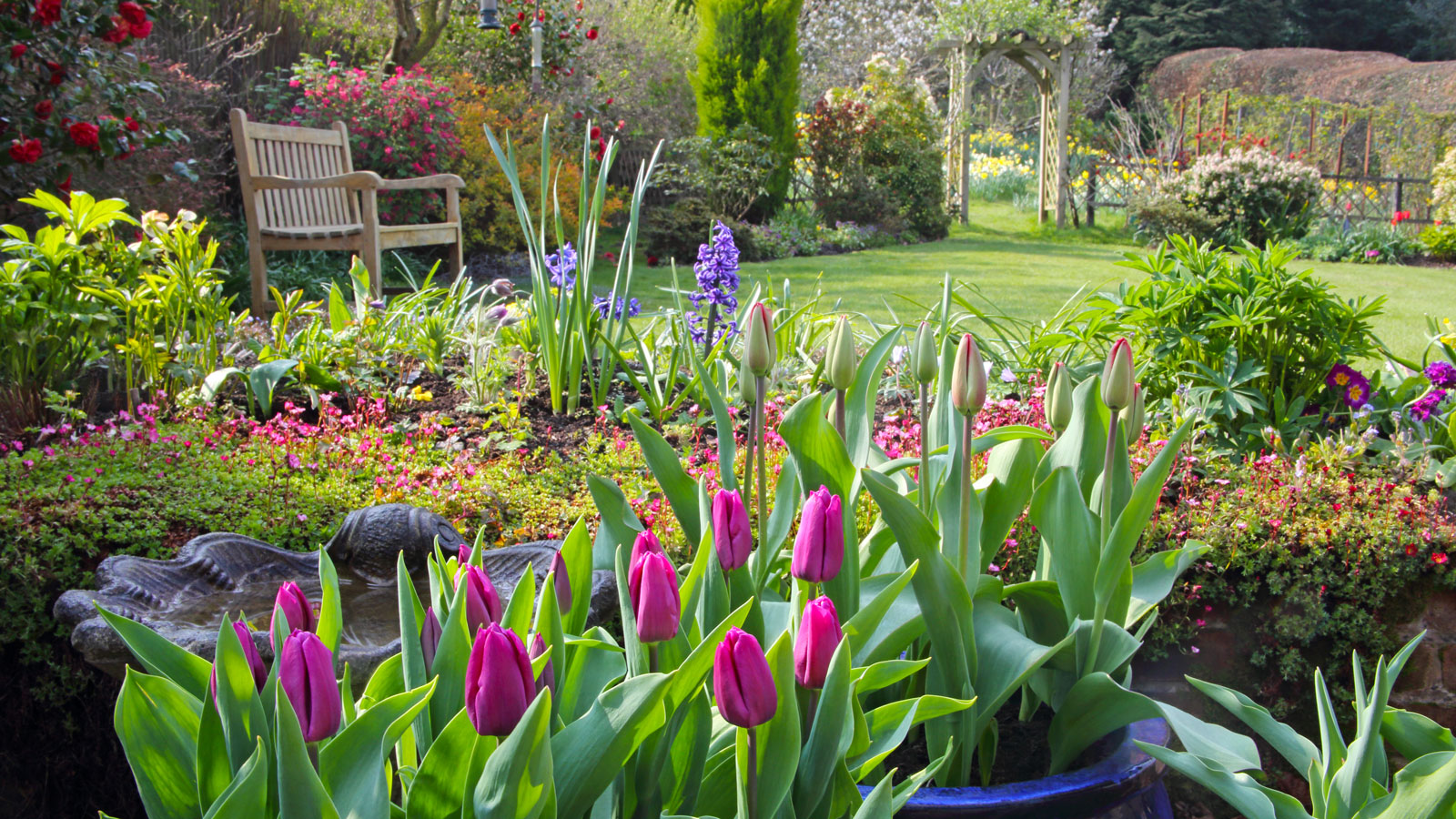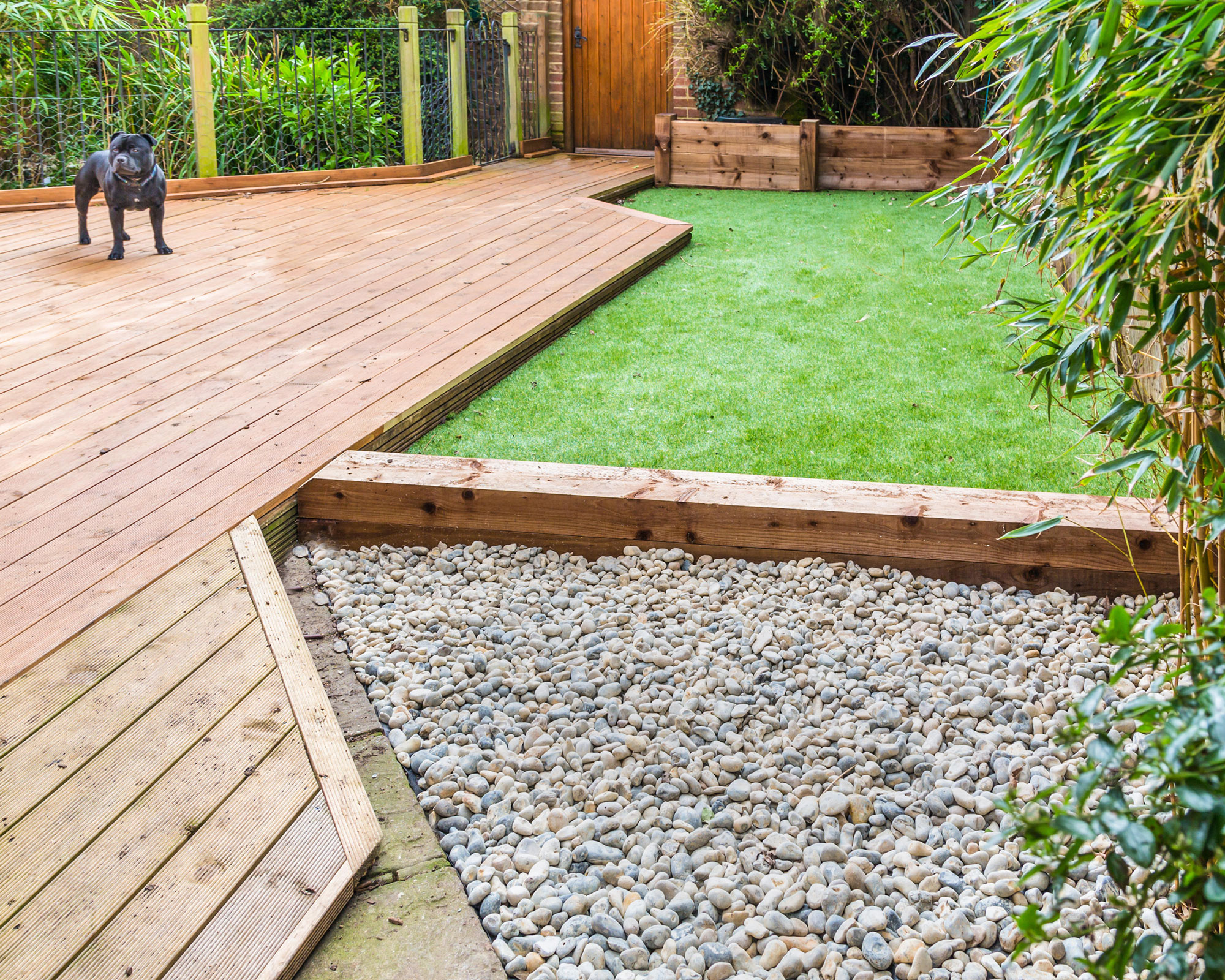Expert shares the one garden trend to avoid if you want to protect wildlife
This divisive garden feature does nothing to help local bees, butterflies and hedgehogs


It doesn't take long for a beginner gardener to notice that by tending to an outdoor space big or small, we can actively help local wildlife. There are plenty of wildlife garden ideas out there - but here an expert shares one of the garden trends to avoid.
Paul Hetherington, Director of Fundraising and Communication at Bug Life, The Invertebrate Conservation Trust explains just why fake grass is so ruinous for our outdoor spaces.

'We strongly advise against the use of fake or plastic grass,' Paul begins. 'The rise in popularity of this garden trend is causing complete loss of habitats.
'It strips the land of its nutrients, creating wastelands for bug and insect species,' he adds. Instead of opting for this option as your go-to alternatives to grass, he encourages gardeners to be mindful of their natural green spaces.
Paul also recommends that we choose garden design ideas with the surrounding ecosystem in mind, preserving any existing natural habitats.

Of course, there's a balance to strike, as our gardens are for us, as well as birds, bees and insects to enjoy. If we can make a garden that attracts pollinators and fulfils our garden dreams, then we can't ask for much more.
Paul goes on to say that habitat loss and climate change are having detrimental effects on populations of pollinators across the world. But, there's plenty we can do in our own gardens.
'Some simple changes to our green spaces can create vital refuge for our invertebrate friends,' Paul says. One example he gives is planting a variety of flowers to ensure there are flowers all year round, such as spring bulbs, lavender, winter honeysuckle and winter clematis.

Artificial grass is very easy to maintain and convenient for families with young children. However, a lazy lawn cut once in a while, or a colorful wildflower garden (which needs next to no upkeep) will vastly improve conditions for wildlife.
Earlier this year, BBC Gardener's World host Monty Don described mowing the lawn as 'about the most injurious thing you can do to wildlife.' The gardening guru is firmly against obsessive mowing of pristine lawns.
We also recently wrote about Alan Titchmarsh's garden path tip for making a mown garden path by mowing a strip through an overgrown area of your garden. This makes an enchanting feature of a wild and unruly open space.
So if supporting wildlife is one of your priorities in the garden, steer clear of fake grass, which is anything but green.

Millie Hurst has worked in digital journalism for five years, having previously worked as a Senior SEO Editor at News UK both in London and New York. She joined the Future team in early 2021, working across several brands, including Gardeningetc. Now, she is Senior Content Editor at Ideal Home, taking care of evergreen articles aimed at inspiring people to make the most of their homes and outdoor spaces.
